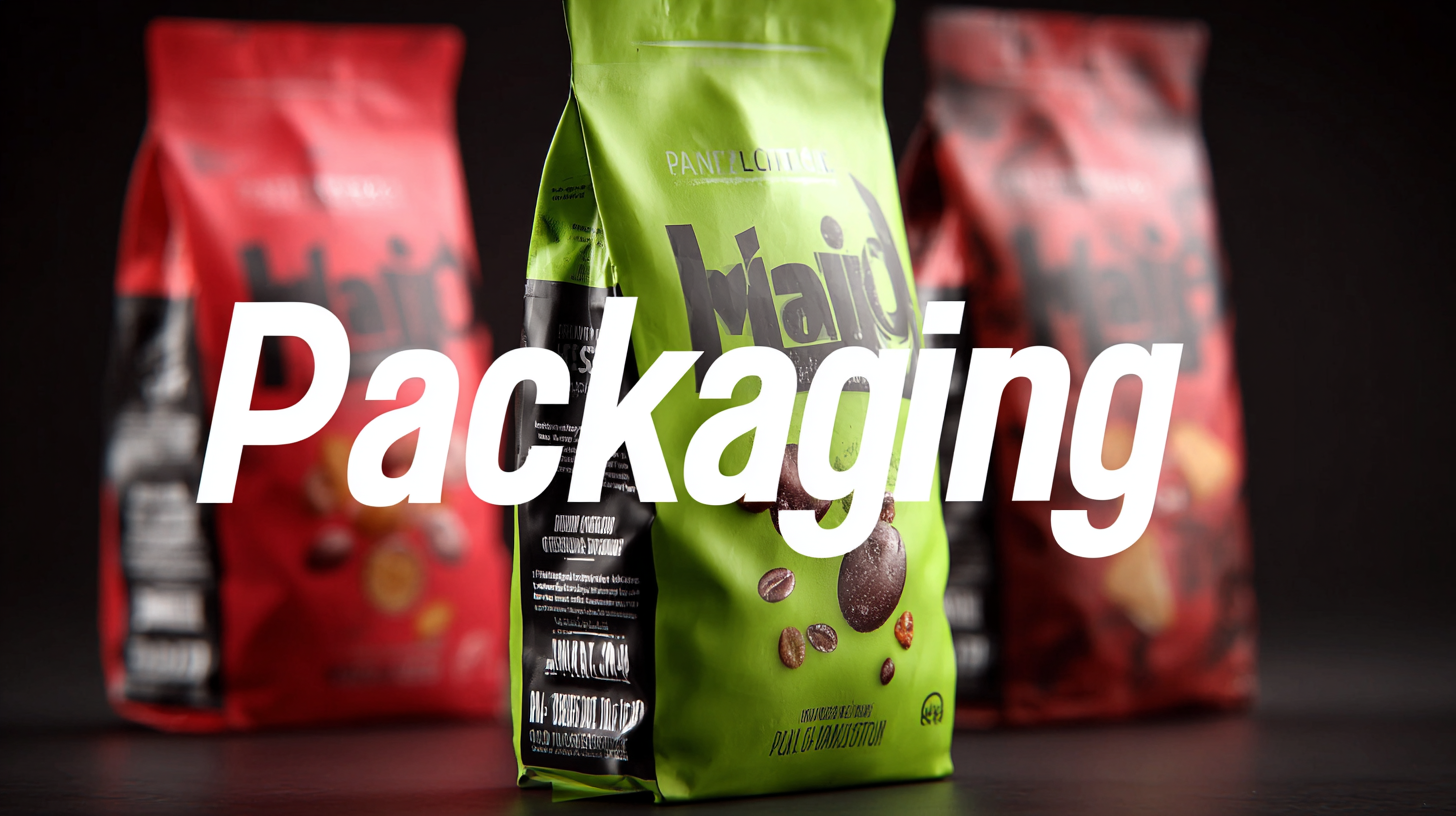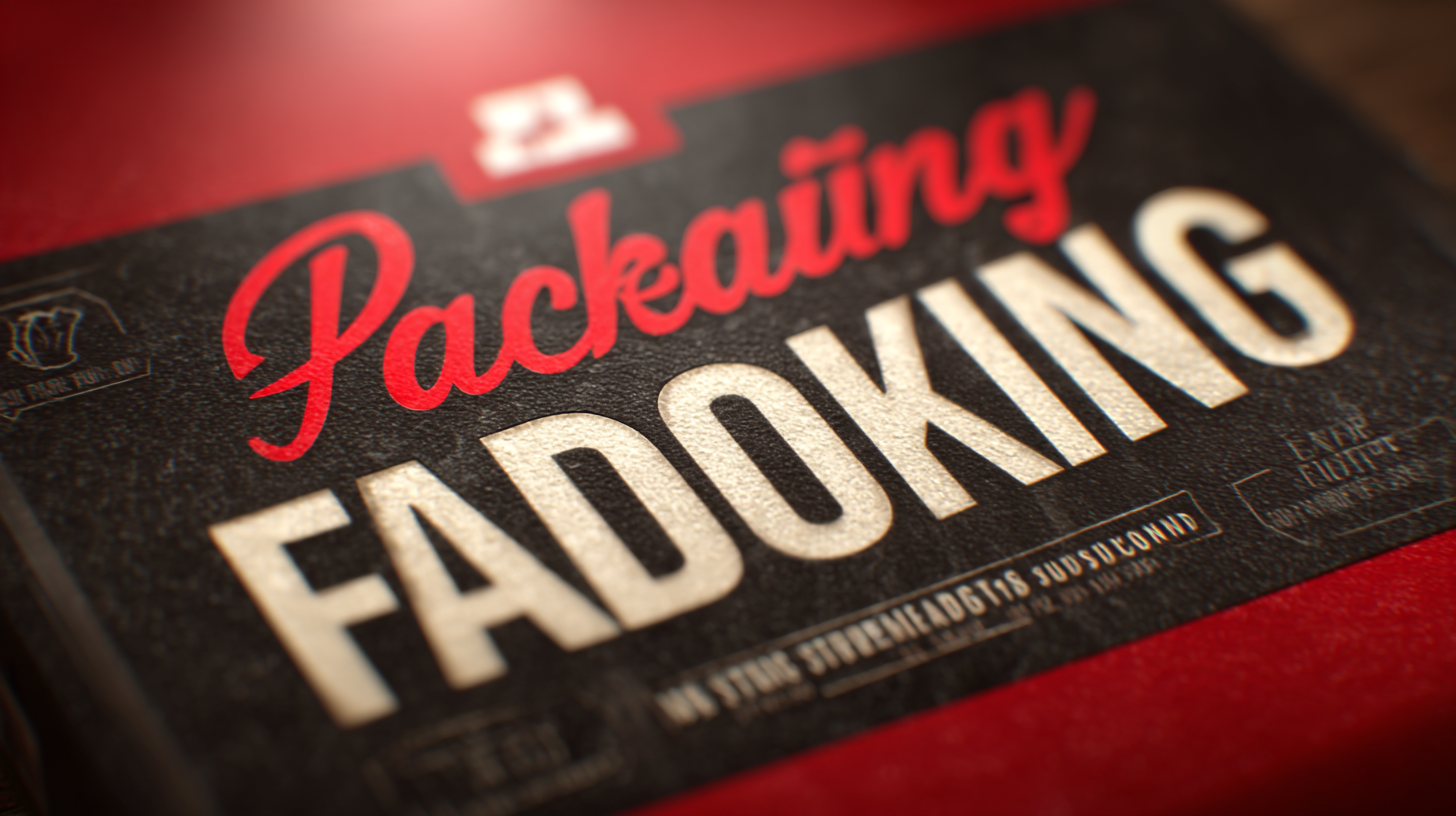Understanding the Industry Standards Challenges for Best Packaging Food Solutions
The food packaging industry faces an evolving landscape shaped by technological advancements and increasing consumer demands. As of 2023, the global food packaging market was valued at approximately $400 billion and is projected to reach $600 billion by 2025, evidencing a robust annual growth rate. However, industry standards present significant challenges in ensuring food safety, sustainability, and cost-effectiveness.
With rising consumer awareness of environmental impacts, sustainable packaging solutions are more critical than ever. Moreover, the integration of smart technologies, such as IoT and AI, is set to revolutionize packaging food by enhancing tracking, reducing waste, and improving shelf life.
Navigating these changes requires a comprehensive understanding of best practices and emerging trends. This blog explores the current landscape, future technology trends, and practical strategies for achieving optimal food packaging solutions in 2025 and beyond.

Emerging Challenges in Food Packaging Standards Across Different Markets
Emerging challenges in food packaging standards across different markets are creating significant hurdles for manufacturers and suppliers alike. As food safety regulations continue to evolve, the need for compliance with varying international standards is paramount. According to a report by Smithers Pira, the global market for food packaging is expected to reach $500 billion by 2023, with an increasing emphasis on sustainable and safe packaging solutions. This growth brings to light the challenges posed by disparate regulations in regions such as the EU, North America, and Asia-Pacific, where packaging materials and practices can differ widely.
To navigate these complexities, companies must stay informed about local and international regulations. Implementing a robust compliance management system can aid in monitoring changes in standards across different markets. Tip: Regularly consult industry reports and regulatory updates to ensure your practices remain aligned with the latest guidelines. Additionally, investing in staff training on compliance can enhance your organization’s adaptability in an ever-shifting landscape.

Another challenge is the rising consumer demand for transparency and sustainability in packaging. The 2022 Global Packaging Survey highlighted that 75% of consumers consider packaging sustainability as important in their purchasing decisions. Tip: Collaborate with suppliers who prioritize sustainable materials and actively participate in eco-friendly packaging initiatives to meet consumer expectations and regulatory demands simultaneously.
Innovative Solutions from China's Leading Factories in Food Packaging
In the quest for optimal food packaging solutions, China's leading factories are at the forefront of innovation, addressing the complex challenges posed by industry standards. These factories leverage advanced technologies and sustainable materials to create packaging that not only meets regulatory requirements but also enhances food safety and freshness. By prioritizing eco-friendly alternatives, they contribute to reducing environmental impact while catering to consumer preferences for sustainable products.

Moreover, collaboration between manufacturers, researchers, and regulatory bodies has fostered the development of cutting-edge packaging solutions. From biodegradable materials to smart packaging that informs consumers about product freshness, these innovations are reshaping the food packaging landscape. China's commitment to meeting international standards while incorporating innovative practices exemplifies how industry leaders are responding to the evolving demands of the global market, ultimately setting new benchmarks for food packaging excellence.
The Role of Quality Assurance in Food Packaging and Consumer Trust
Quality assurance plays a pivotal role in ensuring that food packaging meets industry standards and fosters consumer trust. In an era where food safety is paramount, businesses must adhere to stringent packaging requirements that not only protect the product but also guarantee its integrity throughout the supply chain. Quality assurance protocols help identify potential contaminants and flaws early in the production process, minimizing risks associated with foodborne illnesses and packaging failures. This proactive approach not only safeguards public health but also reinforces a brand's reputation in a competitive market.
Consumer trust hinges on transparency and reliability. When food packaging undergoes rigorous quality assurance testing, it communicates to customers that a company prioritizes their safety and satisfaction. Certifications and compliance with recognized industry standards serve as essential indicators of quality, further solidifying consumer confidence. By investing in state-of-the-art quality control measures and actively engaging in feedback loops with consumers, businesses can strengthen their brand loyalty and guarantee that their packaging solutions are not only compliant but also aligned with the values of contemporary consumers who demand quality and responsibility.
Sustainability Trends Shaping the Future of Food Packaging Solutions
In recent years, sustainability has become a pivotal trend shaping the landscape of food packaging solutions. As consumers become more environmentally conscious, brands are being pushed to adopt practices that minimize waste and promote recycling. This shift demands innovative materials and eco-friendly designs that not only protect food but also reduce environmental impact. Sustainable packaging not only appeals to consumers seeking to make greener choices but also helps companies stay ahead in a competitive market.
Tip: When selecting packaging materials, consider biodegradable or compostable options that lessen the burden on landfills. These materials can break down naturally, offering a more responsible choice for the planet.
Additionally, companies should focus on reducing excess packaging to lessen their carbon footprint. This can be achieved by investing in smart design practices that utilize minimal materials while ensuring product safety. Emphasizing reusable packaging is another effective strategy, encouraging consumers to participate in sustainability efforts by returning or reusing containers.
Tip: Collaborate with suppliers who prioritize sustainability in their production processes. This not only strengthens your commitment to eco-friendly practices but also fosters a supply chain that values environmental responsibility.
Global Regulatory Compliance: Navigating the Complexities of Food Packaging
Navigating the complexities of global regulatory compliance in food packaging is crucial for manufacturers aiming to meet the diverse standards enforced across regions. According to a recent report from the Food and Agriculture Organization (FAO), over 30% of food products globally do not comply with food safety regulations, leading to significant financial losses and brand reputation damage. As regulations vary widely—from the FDA in the United States to the European Food Safety Authority (EFSA) in Europe—companies must stay informed about the specific requirements relevant to their markets.
**Tip: Conduct Regular Compliance Audits**
To ensure adherence to varying regulations, companies should implement routine compliance audits. This practice allows businesses to identify potential gaps in their packaging processes and materials, subsequently reducing risks associated with violations and enhancing overall safety for consumers.
Moreover, sustainability is becoming a focal point in regulatory frameworks, with governments enforcing stricter guidelines on packaging materials. A study from the Global Packaging Alliance indicates that more than 50% of consumers now consider eco-friendly packaging as a significant factor in their purchasing decisions. As such, understanding and adapting to these evolving regulatory landscapes not only helps with compliance but also aligns with consumer preferences for sustainable practices.
**Tip: Invest in Training Programs**
Investing in comprehensive training for employees about regulatory standards is essential. Educated staff can foster a culture of compliance, enabling companies to swiftly adapt to new regulations and technologies in the food packaging industry.
Understanding the Regulatory Compliance Challenges in Food Packaging
This chart illustrates the compliance challenges faced by the food packaging industry across different regions, highlighting the percentage of companies reporting difficulties in adhering to various regulations.